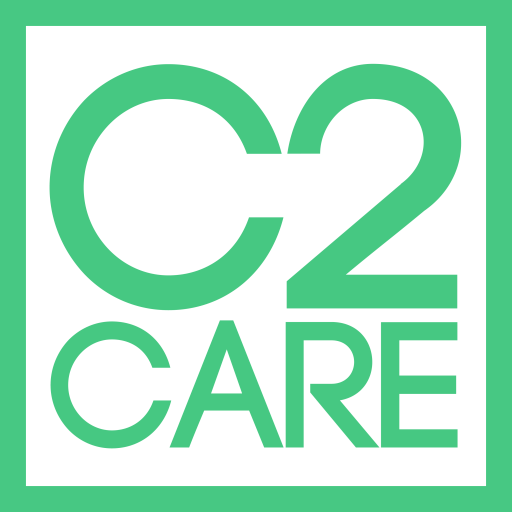Slogans are short, punchy, understandable and clear sentences that are repeated. But what exactly are slogans for? This is a good introductory question to ask your patients. Slogans are used to influence people in their choices. By dint of hearing it repeated, we write it into our memory in spite of ourselves. If I tell you 0 hassle 0 blah, you all think of MMA. This power of subjection of the slogan is used in therapy. Usually, practitioners who use this method invite patients to write down slogans manually on a bristol board to help them memorize them. Sometimes it is necessary to add an explanation at the time of instruction to make the meaning of the slogan clear.
Here are some examples:
- I have to force myself
- Explanation: by forcing myself I am able to do more things than I can imagine
- I need to get started
- Explanation: sometimes we tend to overthink
- I can do it
- Explanation: often we can do more than we imagine
- I don’t know until I try
- Explanation: sometimes we imagine that it will be difficult until we try
- I have to take risks
- Explanation: when you want to evolve you have to leave your comfort zone, you have to take risks
- I have to surprise myself
- Explanation: sometimes you have to get out of your habits, for example, I used to take the elevator, this time I take the stairs
- I am here to change
- Explanation: in order to evolve as for example to be perhaps less anxious
- I must conquer this place / I am conqueror
- The slogans are flexible and can be freely changed by the patients to better appropriate them. So instead of conquering the place, they can say I am a conqueror. The primary purpose of a slogan is that it should work
- Anxiety is temporary, it will pass
- Explanation: it is hard at the time but it will pass
- What is my power now? I have the power of choice
- Explanations: We can’t control our emotions but we can choose
- I don’t have to prove anything to anyone
- I must bury the judge in me
- Explanation: The notion of judge is often linked to the “I must”, the judge that is in oneself could make the patients say: I must always be good, I must not make mistakes, I must succeed in everything, I must be nice to everyone. It is necessary to know how to bury the judge in oneself because it is normal to make mistakes, one cannot be nice to everyone, it is necessary to take into account that nobody is perfect.
- A first step is the beginning of a great journey
- Explanation: the first step is the most difficult but once it is done the rest is easier
- I want to evolve
- Explanation: you can always change your mind
- No matter how long the night is, the sun always rises eventually
- Explanation: even if we go through a difficult period it will eventually end
- The cave I enter contains the treasure I seek
- Explanation: the cave is a dark, narrow, unknown place, which represents the place where one is afraid, which one dreads, but at the bottom of this cave is also a treasure which is the freedom not to be afraid anymore. Nevertheless, one must enter the cave to find one’s freedom.
- Anxiety is there to protect me
- Explanation: according to gray’s neurobiological model, anxiety is a protective mechanism of the individual which is there to protect him
- The force is with me
Some people are more sensitive to slogans in the form of questions, so we can offer them:
- Who says I can’t do it?
Once all the slogans have been entered, two important things should be mentioned to the patients. Firstly, the possibility to change the beginning of the slogan if they wish. The term “I must” has a notion of control, it can be replaced by “I will”. Secondly, the set of slogans will not be suitable for everyone, the goal is to rewrite it keeping only the five most significant slogans for the person concerned. Finally, they should always have their slogans with them or close by in moments when anxiety takes over because they may not remember them. Generally, it is requested that they also put the following on the back of their name cards for greater efficiency ACARA method.
For more videos of Doctor Malbos, register for free on myc2.care.

